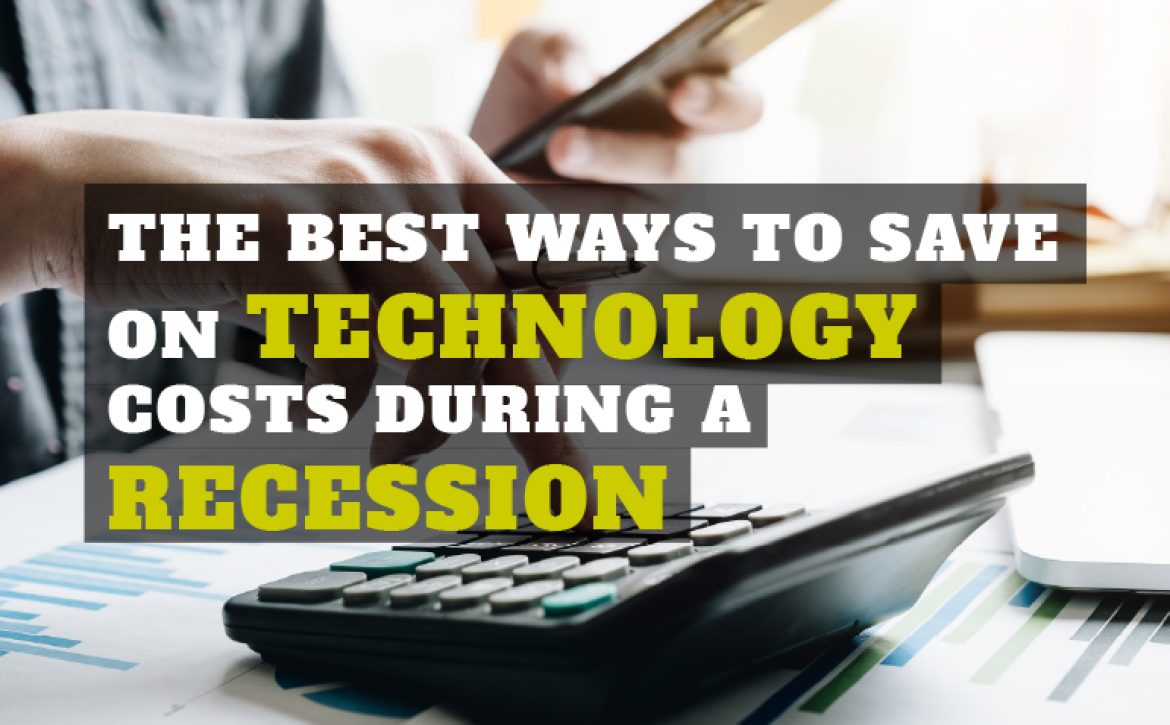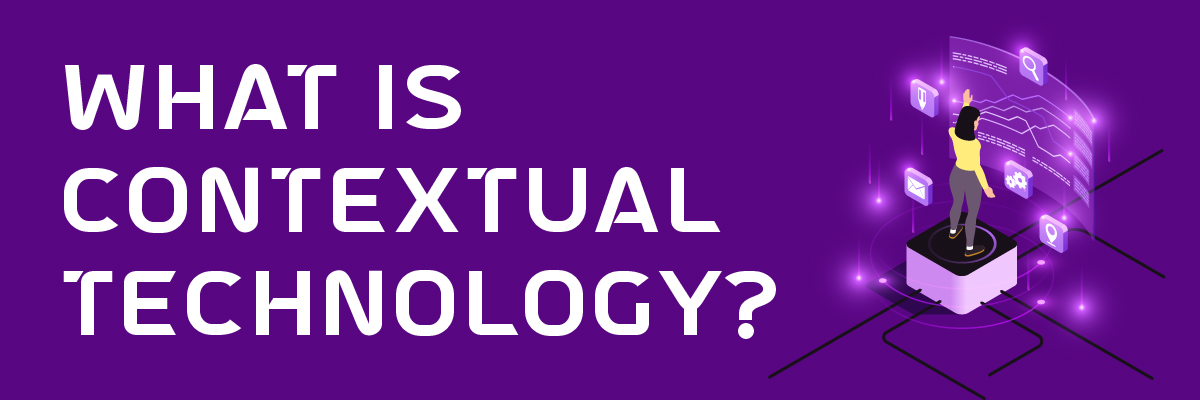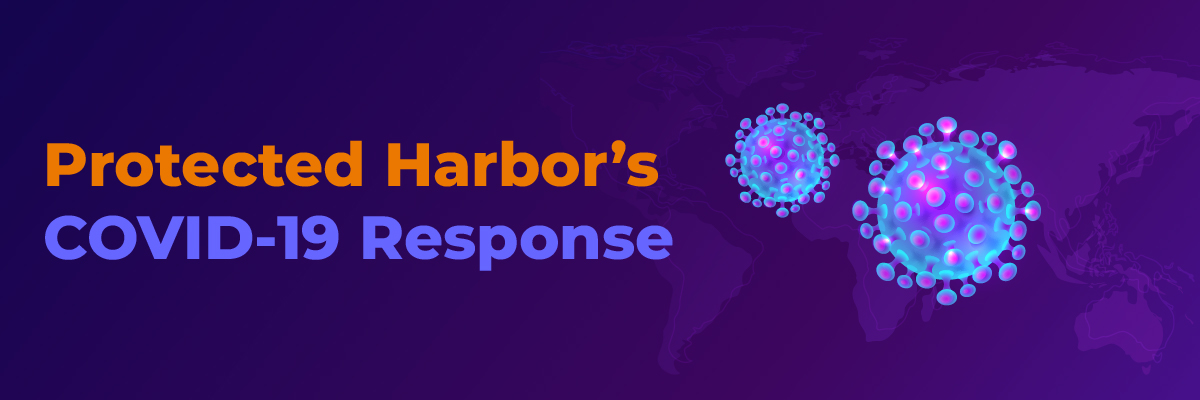Exploring the Exciting World of Legal Tech

Exploring the Exciting World of Legal Tech
With the rapid advancement of technology, the legal industry has seen significant changes and is now experiencing a major shift. It seems every day there are innovative solutions to some of the challenges in the legal field.
The following examines Legal Tech’s roles, the types available, and the challenges it poses. Plus, we provide updates on the latest news and developments in the legal tech field.
What is Legal Tech?
It is the use of technology to streamline processes, improve efficiency, and reduce costs associated with legal work. Legal tech can range from simple document management systems to more sophisticated technologies such as artificial intelligence and machine learning. It has been used in many areas, from legal research to contract analysis, and has become increasingly important in the legal services industry.
Legal IT Services is not just about technology but also about the people who use it. It requires legal professionals to be knowledgeable about the technology and its implications for their profession and clients. The legal profession is rapidly evolving, and legal tech plays a vital role in this change.
The Role of Technology in the Legal Industry
Legal tech has the potential to revolutionize the way legal services are provided. It can help lawyers reduce costs, improve efficiency, and better serve their clients. The most common uses of legal tech include document management systems, legal research, contract analysis, and artificial intelligence.
Document management systems allow lawyers to organize and access documents easily. Legal research can be done quickly and accurately with the help of legal databases and search engines. Contract analysis can provide insights into a contract’s terms and conditions that may take time to be apparent. Artificial intelligence and machine learning can be used to analyze large volumes of data to uncover hidden patterns and trends.
Legal tech can also provide insights into legal compliance and risk management. Using technology to analyze legal documents, lawyers can identify potential risks and ensure they comply with relevant laws and regulations.
Benefits of Using Legal Tech
Legal tech can help lawyers reduce costs by automating tedious tasks such as document management and legal research. It can also help them save time by providing insights into contracts that would otherwise take hours to uncover.
It can also help lawyers improve their efficiency. By using technology to automate tasks, lawyers can focus on more complex and high-value tasks, such as advising clients on the best course of action.
Finally, legal tech can help lawyers better serve their clients. Using technology to analyze legal documents, lawyers can provide their clients with insights into potential risks and ensure they comply with relevant laws and regulations.
Challenges of legal tech
Despite legal tech’s many benefits, the challenges are the cost of implementing and maintaining the technology. Legal tech can be expensive and may require a significant upfront investment.
Another challenge is the need for more knowledge and understanding of the technology among legal professionals. They must understand the technology’s implications to get the most out of it.
Finally, there is the risk of data breaches and other security issues. As legal technology becomes more sophisticated, it becomes more vulnerable to cyberattacks and data theft. Legal professionals must protect their data and ensure that their technology is secure.

Latest Legal Tech News
The legal tech space is constantly evolving, and there are always new technologies and developments to keep up with. Some of the latest news in the legal tech space include:
- Increased Adoption of Virtual Courtrooms: With the pandemic causing widespread disruption, virtual courtrooms have become increasingly popular. Remote proceedings have been implemented in courts worldwide, allowing proceedings to take place securely and efficiently.
- Development of AI-powered Legal Research Tools: Artificial intelligence is revolutionizing the legal industry, with numerous legal tech companies developing AI-powered legal research tools. These tools provide lawyers with more efficient and accurate research capabilities.
- Blockchain-based Legal Solutions: The use of blockchain technology in the legal industry is gaining traction, with several companies developing blockchain-based solutions for secure and transparent legal transactions.
- Growth of Online Dispute Resolution: The rise of online dispute resolution (ODR) has made resolving disputes more accessible and efficient. ODR platforms offer a convenient alternative to traditional dispute resolution methods, making it easier for individuals and businesses to resolve disputes quickly and cost-effectively.
- Expansion of Legal Automation Tools: Automation tools are becoming increasingly popular in the legal industry. Companies offer tools to automate routine tasks, freeing up lawyers’ time to focus on more complex and strategic work.
- Increase in Investment in Legal Tech: The legal tech sector has seen significant investment in recent years, with venture capital firms and investors showing increasing interest in funding legal tech startups.
Legal Technology Services
In addition to the technology itself, several legal technology services are also available. These services can help lawyers make the most of the technology and ensure it is properly implemented and maintained.
For example, there are managed services available that can help lawyers manage and maintain their legal tech. These services can provide technical support, software updates, and security monitoring. There are also consulting services available that can help lawyers understand the implications of legal tech and make the most of it.
Conclusion
Technology is transforming legal services. Virtual courtrooms, AI-powered legal research, blockchain-based solutions, and automation tools are now available. Legal tech has far-reaching impacts. Managed IT services make it simpler and more effective for individuals and businesses to get legal services.
The future of legal tech is bright, with new advancements and innovations being developed every day. Lawyers and legal professionals must stay informed and up-to-date with the latest trends and developments in legal tech to remain competitive in the changing landscape.
Protected Harbor is the right choice for legal technology and law firms because of its expertise, experience, innovative solutions, tailored approach, comprehensive services, and strong reputation. Law firms can be confident that they are partnering with a trusted and reliable provider of legal technology solutions and services by choosing Protected Harbor.
Get a free IT audit today to ensure your firm takes full advantage of the exciting legal tech world!


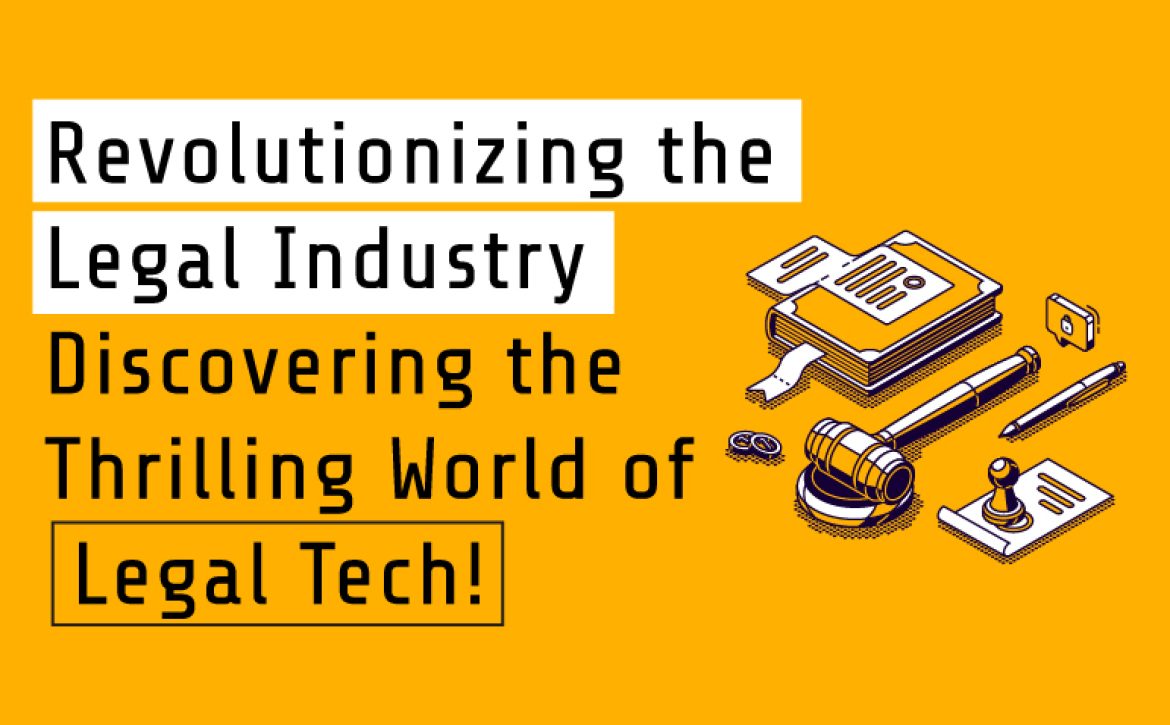

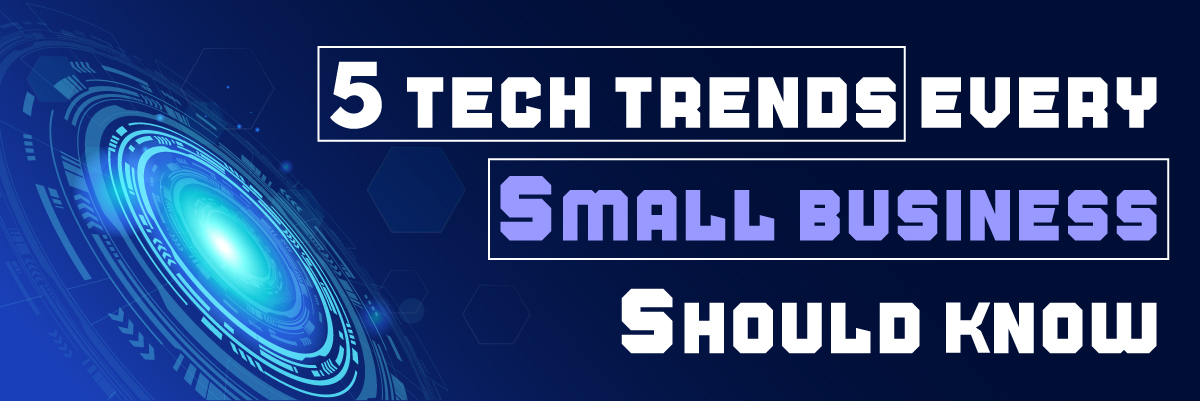


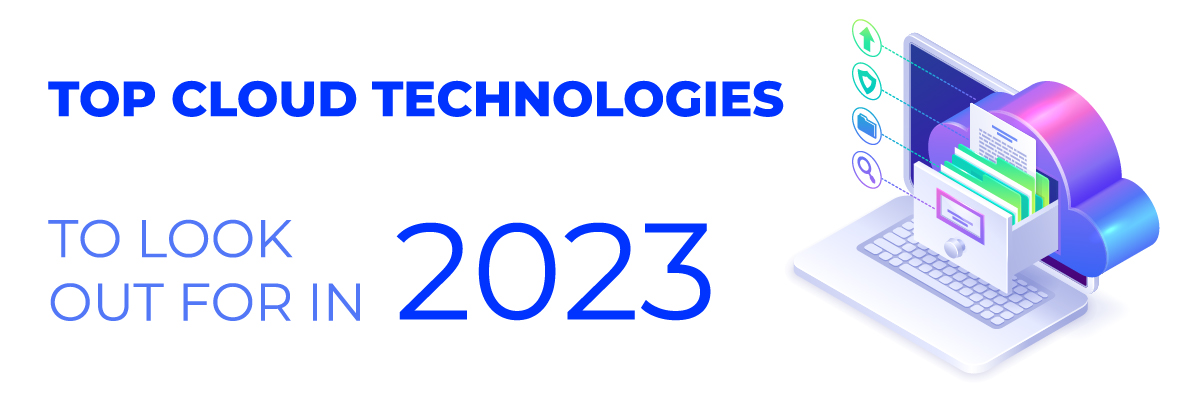
 Artificial Intelligence and Machine Learning Integration
Artificial Intelligence and Machine Learning Integration
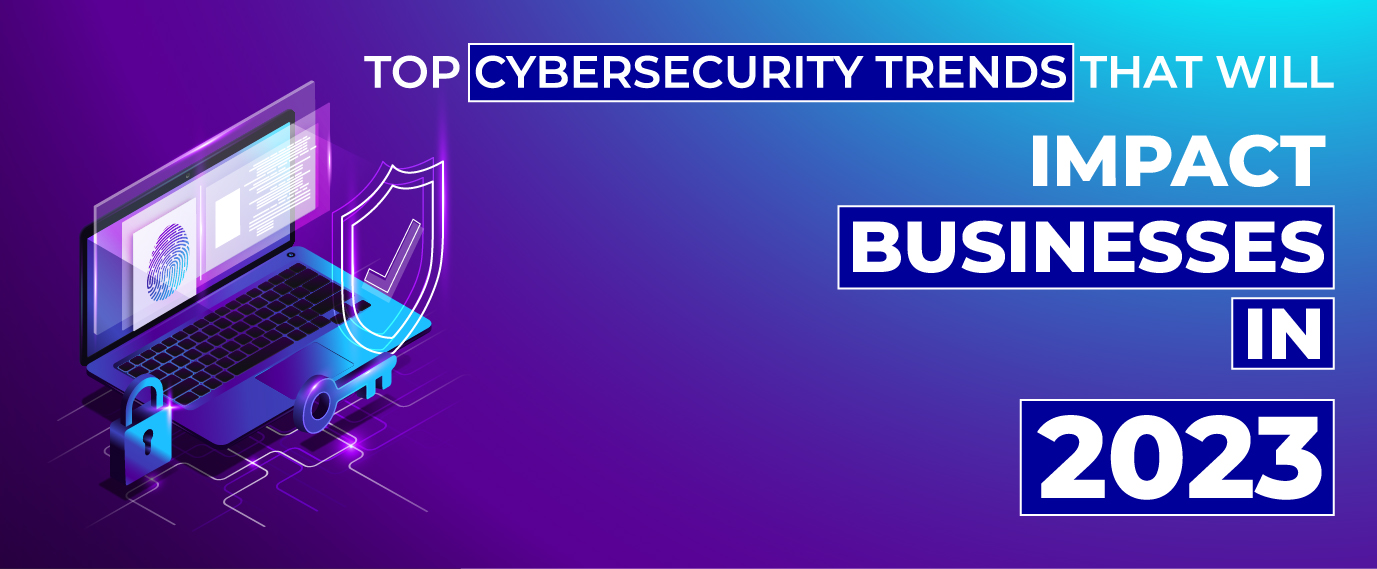
 Cloud Computing Security Trends
Cloud Computing Security Trends